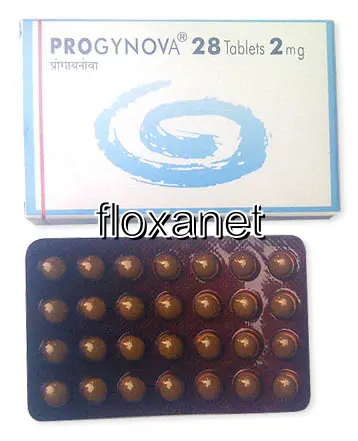| Package | Dosage | Price | Price per Dose | |
|---|---|---|---|---|
| Dosage: 1mg | ||||
| 140 pill | 1mg | $192.92 | $1.37 | |
| 112 pill | 1mg | $160.99 | $1.44 | |
| 84 pill | 1mg | $129.07 | $1.54 | |
| 56 pill | 1mg | $88.82 | $1.60 | |
| 28 pill | 1mg | $51.34 | $1.83 | |
| Dosage: 2mg | ||||
| 140 pill | 2mg | $310.90 | $2.22 | |
| 112 pill | 2mg | $260.93 | $2.33 | |
| 84 pill | 2mg | $208.19 | $2.48 | |
| 56 pill | 2mg | $140.17 | $2.50 | |
| 28 pill | 2mg | $77.71 | $2.78 | |

Estradiol Description
Overview of Estradiol
Estradiol is a primary form of estrogen, a naturally occurring hormone vital to the development and maintenance of female reproductive tissues. It plays an essential role in regulating the menstrual cycle, supporting reproductive health, and maintaining bone density. As a medication, estradiol is used to treat various health conditions related to estrogen deficiency, including menopausal symptoms, osteoporosis prevention, and certain hormone replacement therapies. It is available in multiple forms such as tablets, patches, gels, creams, and injections, allowing for flexible administration tailored to individual needs.
Benefits and Therapeutic Uses
Patients prescribed estradiol often seek relief from hot flashes, night sweats, and mood swings associated with menopause. It effectively alleviates these symptoms by replenishing declining estrogen levels. In addition, estradiol helps in preventing osteoporosis, a condition characterized by weak bones that are prone to fractures. It can also be part of hormone replacement therapy for women with ovarian failure or those who have undergone menopause prematurely. For certain gynecological conditions like hypogonadism, estradiol restores hormonal balance, improving overall reproductive health. Moreover, it may support the treatment of specific breast and prostate cancers when used in controlled settings.
How It Works in the Body
Estradiol interacts with estrogen receptors located in various tissues, including the reproductive organs, bones, brain, and cardiovascular system. It influences gene expression and cellular activity, leading to the development of female secondary sexual characteristics and the regulation of menstrual cycles. By maintaining hormonal balance, estradiol promotes the health of the vaginal lining, reduces urinary tract infections, and helps in preserving bone density. Its systemic effects are vital for overall well-being in women experiencing hormonal changes due to aging or medical treatments.
Potential Side Effects and Precautions
While estradiol is generally well-tolerated, some users might experience side effects. Commonly reported issues include nausea, breast tenderness, headaches, and fluid retention. In rare cases, more serious adverse events like blood clots, stroke, or cardiovascular problems can occur, especially in women with pre-existing risk factors. It is crucial for individuals to undergo medical evaluation before starting therapy. Regular monitoring is necessary to minimize risks, and patients should report any unusual symptoms promptly. Estradiol should be used cautiously by women with a history of hormone-sensitive cancers, liver disease, or clotting disorders.
Usage Guidelines and Recommendations
The dosage and form of estradiol depend on the condition being treated and individual patient factors. It is important to adhere strictly to the prescribed regimen and consult healthcare providers regularly for evaluation. For menopausal therapy, lowest effective doses are recommended to reduce side effects. When using patches or gels, proper application techniques are essential to ensure effectiveness and minimize skin irritation. Oral tablets should be taken with food or water as directed. Healthcare providers may combine estradiol with other hormones, such as progestins, to balance the hormonal effects and prevent complications like endometrial hyperplasia.
Conclusion
Estradiol remains a highly effective and versatile hormone therapy option for women experiencing estrogen deficiency. Its ability to improve quality of life by alleviating symptoms and protecting against bone loss makes it a valuable medication in many treatment plans. However, due to potential risks, it should always be used under medical supervision with appropriate dose adjustments and monitoring. Properly managed, estradiol can support women’s health and well-being during challenging hormonal transitions.
